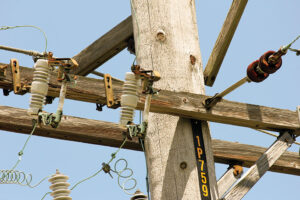 Our nation’s energy infrastructure fuels our economy, and reliable and affordable energy is critical to our success as a nation. At the same time our aging energy infrastructure is being asked to take on some dramatic changes in technology, policy and regulation.
Our nation’s energy infrastructure fuels our economy, and reliable and affordable energy is critical to our success as a nation. At the same time our aging energy infrastructure is being asked to take on some dramatic changes in technology, policy and regulation.
A new, first-ever Quadrennial Energy Review released at the end of April uses 347 pages to say in short our energy infrastructure needs an upgrade.
The report examines how to modernize the nation’s energy infrastructure to promote economic competitiveness, energy security and environmental responsibility and take full advantage of American innovation and the new sources of domestic energy supply that are transforming the nation’s energy marketplace. This report focuses on energy transmission, storage and distribution (TS&D) infrastructure — the networks of pipelines, wires, storage, waterways, railroads and other facilities that form the backbone of our energy system.
The Quadrennial Energy Review is modeled after the Defense Department’s Quadrennial Defense Review, which is intended to provide an objective, fact-based calculation of today’s defense threats and challenges.
Although our nation can boast one of the most reliable energy systems in the world, much of the infrastructure is very old. Addressing the opportunities, challenges and vulnerabilities associated with TS&D infrastructure will require action by many parties in the private sector, and coordinated public sector action at the federal, state and local levels.
For example, the U.S. Department of Energy (DOE) is announcing a new partnership with 17 companies, including several electric cooperatives, which will address grid resilience.
Electric cooperatives across the country have already been engaged in innovative smart grid projects, cyber security enhancements and integration of renewable energy sources. The U.S. Department of Agriculture (USDA) recently announced its latest public partnership in support of cooperative efforts with $72 million to support six new rural electric projects including major investments to drive solar energy. The loans will be used for transmission line improvements, including smart grid projects.








